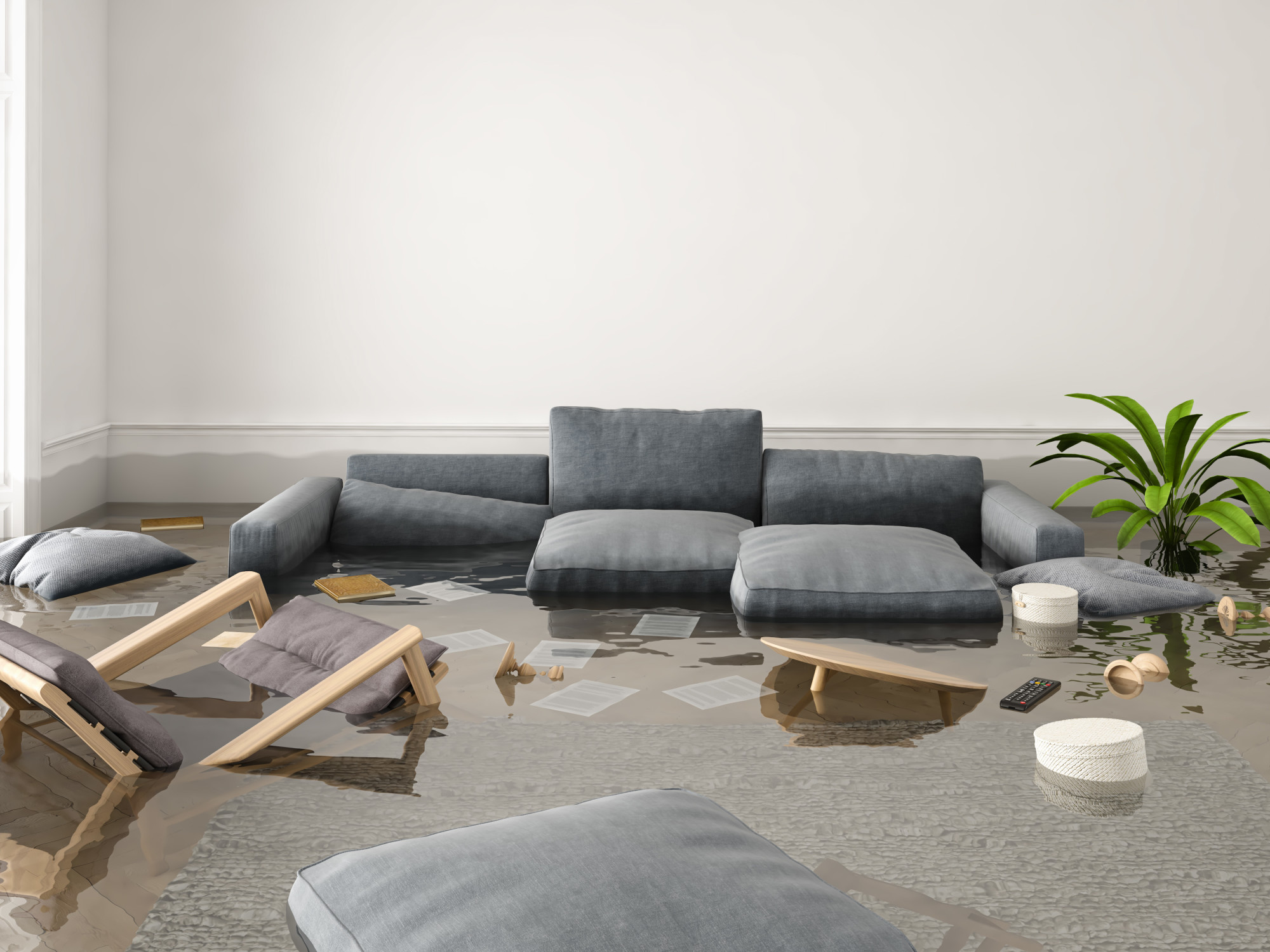Did you know that flooding is the most common type of natural disaster in the world? Because of the commonality of this issue, it is important to learn how to prevent floods from damaging your home and the items in it.
Read on to learn about how to prevent floods from destroying your home.
Safeguard Electrical and Climate Systems

One thing to know about how to prevent flood damage is having your sockets, circuit breakers, and switches at least one foot above the flood level. This also includes any wiring that may get affected by water.
This is one way to help with house flooding prevention. You should also move your furnace, water heater, and other equipment that will be in danger of the flood level.
Elevate Outdoor Equipment
Outdoor equipment such as A/C units, fuel tanks, and generators need to be anchored so that they are above flood level. A fuel tank that is not anchored can severe the supply lines and contaminate the ground during a flood.
Modify Water Valves
When the sewer system gets flooded, sewage will back up into your home. To prevent this smelly issue from occurring, install a backflow valve. This can be installed in the interior or exterior.
Gate valves also work for this but can be more complex because they are operated manually. However, they have stronger seals to let water flow out automatically. It will also automatically close if water tries to get in.
Determine Water Flow
The water flow around your property should be determined to ensure house flooding protection. The slope or grading of your home will direct water away from the home or towards the home.
During the average rainstorm, watch how the water flows and how much accumulates around the home. Standing water on your street should be discussed with the county. They can make suggestions to change the water flow to your home.
If there is no helping the water flow around your home you should strongly consider flooding insurance. An expert agency will be able to get you the coverage you need in the event of a flood.
Take Extreme Measures
Flooding preparation may take extreme measures in some cases. If your home gets frequently flooded, but you cannot move out, you probably need to take drastic measures.
For example, you can raise your home on piers so the entire house is above the flood level in your area. You can also install a foundation that is water-proof that will ensure water can flow through the building. Lastly, you could dry-proof the walls to keep out water.
Last Minute Measures
If water is already rising in the home, there are last-minute measures you can take to help prevent flood damage. These measures include clearing gutters and drains, moving furniture and electronics, shutting off electricity, and elevating appliances if you can.
How to Prevent Floods Explained
Now that you know how to prevent floods and what last-minute measures you can take if the water is already rising, you can keep your home safe from costly water damage. Although some measures may be extreme, they can save you money in the long run. Prevent flood damage today by following these great tips.
If you like what you’ve learned, keep coming back for more articles like this.







